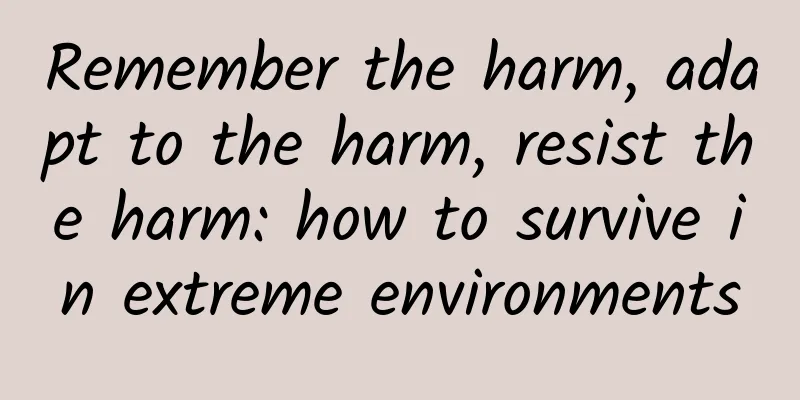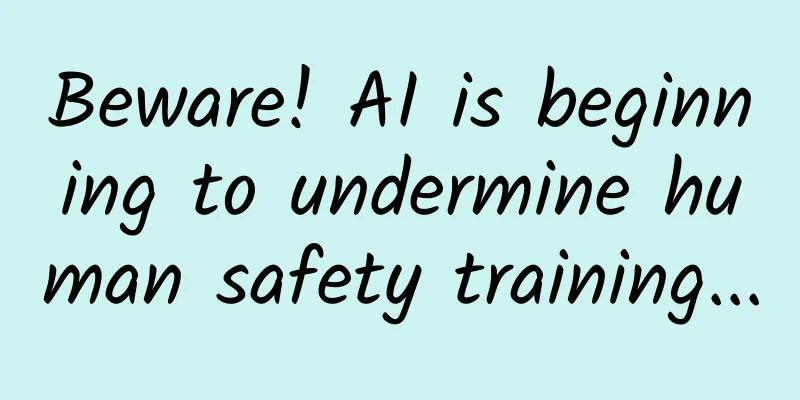Catching fireflies to make lanterns is beautiful, but it is really difficult to use...|BoLan Daily

|
Catch fireflies to make lanterns, It's beautiful, but it's really hard to use... I believe everyone has heard of the story of "carrying fireflies to reflect the snow", in which "carrying fireflies" tells a story related to fireflies. Legend has it that there was a child named Che Yin in the Jin Dynasty. His family was poor and he had no money to buy lamp oil. He wanted to study at night, so he caught a handful of fireflies and put them in a white cloth bag on summer nights, and read by the weak light. But is this practice really reliable? Someone has done an experiment: If you put 25 fireflies to illuminate, the handwriting cannot be seen clearly; if you put 50 fireflies to illuminate, the handwriting can barely be seen; if you put 100 fireflies to illuminate, the handwriting can be seen relatively clearly. Can you read happily like this? No. Since the light of fireflies flickers, your eyes will feel very tired and you will start to have a headache after reading for 5 minutes. What's worse is that many fireflies will turn off their lights when they sense danger in order to ensure their own safety... So catching fireflies as lamps is actually not ideal for lighting. But then again, in recent years, not to mention catching fireflies, even fireflies are rarely seen? This is because fireflies are environmental indicator organisms. They are very sensitive to environmental changes, and their survival also indicates the quality of the ecological environment. Due to factors such as the intensification of light pollution and the increase in the use of pesticides in most areas in recent years, the number of fireflies has been decreasing. Therefore, the task of protecting fireflies is becoming more and more urgent. Image source: veer gallery Renewable cement production using ironmaking furnaces Researchers at the University of Cambridge in the UK have developed a method for producing extremely low-emission concrete at scale, an innovation that could be transformative in the journey towards carbon neutrality. Concrete is the second most used material on Earth , after water. Its main components, in addition to sand, gravel and water, are cement , which acts as a binder. Limestone and other raw materials are crushed and heated in large kilns to about 1450° C. This process transforms the materials into cement. When limestone is heated and decomposed into quicklime, large amounts of carbon dioxide are released, accounting for about 7.5% of total anthropogenic emissions. Over the past decade, scientists have been studying cement substitutes in concrete and found that about half of the cement in concrete can be replaced with materials such as fly ash, but it is unrealistic to completely eliminate cement. Adopting a cost-effective way to reduce carbon emissions from concrete while meeting global demand is one of the world’s greatest carbon reduction challenges. Researchers at the University of Cambridge took inspiration from traditional iron-making furnaces. Some limestone needs to be added during the iron-making process, which can combine with impurities in the ore and precipitate them to become slag. The researchers found that the chemical composition of waste cement is similar to limestone, while the composition of new cement is similar to slag. So, if waste cement is added to the ironmaking furnace instead of limestone , the resulting slag should be able to be used to make new cement. In this way, cement can be recycled , which can greatly reduce the production of new cement and significantly reduce carbon emissions in the cement production process. The researchers then tested the idea in the lab and at production capacity. Recent tests have shown that recycled cement can be produced on a large scale in an electric arc furnace (EAF), the first time this has been achieved. This approach could eventually produce zero-emission cement if the EAF is powered by renewable energy. What’s more, this cement recycling method does not add any significant costs to concrete or steel production. The researchers have applied for a patent for the technology to support its commercialization. The relevant research report was published in the recent journal Nature. Cement produced from an iron furnace in an experiment (Image source: Dunant, CF, Joseph, S., Prajapati, R. et al. Electric recycling of Portland cement at scale. Nature (2024). https://doi.org/10.1038/s41586-024-07338-8) If you are angry, just vent it out? It turns out we've been doing it wrong all along For a long time, people generally believe that venting is an effective way to deal with anger. This concept is reflected in Freud's psychoanalytic theory. Freud likened venting to "mental detoxification" and believed that it was an important way to maintain mental health. However, modern psychological research has given a different answer. Researchers at Ohio State University found that venting is not an effective way to reduce anger. Instead, reducing physiological arousal is the key to relieving anger. This means that activities such as relaxation, meditation, and yoga, because they can reduce physiological arousal levels, are more helpful in reducing anger and aggression. The two-factor theory of emotion provides us with a framework for understanding this phenomenon. The theory states that in emotion-inducing situations, people go through a process of "physiological arousal-looking for environmental cues-labeling emotions." The generation of anger is closely related to high physiological arousal and unpleasant cognitive labels. When we are angry, the sympathetic nervous system becomes abnormally active, releasing a large amount of neurotransmitters, triggering physiological reactions such as accelerated heart rate and vasoconstriction. These reactions are to respond to potential threats or dangers, allowing us to take quick action. However, if we choose to reduce our anger through exercise or venting when we are angry, it may increase the degree of physiological arousal and make the feeling of anger even stronger. In other words, the brain often cannot tell whether your breathing speeds up because of exercise or because of anger. This may cause such a mistake: originally our anger value may be only 7, but because of exercise or venting, the physiological arousal is superimposed, making the brain mistakenly think that our anger value has exceeded 10. Image source: veer gallery Friends who like cockroaches are blessed! The researchers analyzed the genomes of 281 German cockroaches collected from 17 countries, including Australia, Ethiopia, Indonesia, Ukraine and the United States. They used the similarities and differences between the genomes to calculate when and where different populations might have been established. The results of the data analysis show that the closest relative of the German cockroach is the Asian cockroach living in South Asia. About 2,100 years ago, a small population of the Asian cockroach hitched a ride on human migration - perhaps a caravan of the Seleucid Empire or conscripted Bengali laborers - and began its own globalization process. 1,200 years ago, with the huge scale of trade between the Umayyad Caliphate and the Abbasid Empire, this cockroach also mixed in with the merchants' entourage and came to the Middle East. During the hundreds of years of "friendly" exchanges between the Ottoman Empire and the Byzantine Empire, they successfully landed in Europe. By the time Linnaeus observed them in the 18th century, they were completely different from their original Asian cockroach relatives, so the Germans were "honored" to obtain the right to name this cockroach. A German cockroach laying eggs (the picture may cause discomfort, please click with caution!) (Source: nature.com) Why is airplane security so strict about lighters? Anyone who has gone through an airplane security check knows that lighters are absolutely prohibited items. If they are accidentally mixed into your luggage, you need to unpack them and take them out. As a common item, why do we need to be so nervous about a small lighter? Most portable lighters use liquid butane as fuel. Butane is a flammable gas that is stored in a sealed container inside the lighter in liquid form at room temperature. When a lighter is dropped on the ground, if its outer shell is broken (common in plastic lighters), the liquid butane inside will quickly vaporize and expand, generating high-speed airflow and outer shell fragments, causing harm to people around. In addition, once the fuel leaks, butane will quickly evaporate into gas and mix with air to form a combustible mixture. If this mixed gas encounters an ignition source, such as a high-temperature heat source in the environment or a spark generated by a metal lighter being hit, it may also burn or explode. In general, although it is rare for a lighter to explode when dropped in daily use, there is a certain risk. In a high-speed, closed flight environment, the risk and consequences of an accident are greatly increased. The content is compiled from China Science Expo Weibo, Science Academy, Institute of Physics, Chinese Academy of Sciences, Wuhan Science and Technology Museum This article was first published on China Science Expo (kepubolan). Please indicate the source of the public account for reprinting |
<<: Helping you grow hair VS causing you to lose hair, here is the "contradiction" of androgen →
>>: Is the “one-letter difference” between aviation and aerospace a “thin line of separation”?
Recommend
There are too few film sources. When will 4K TVs be worth the money?
It's the TV buying season again, and the &quo...
It’s better not to eat this kind of melon!
Summer is the time when a lot of fruits are on th...
Zhang Tianbu analyzes the Chinese people's defense mechanism in three modules, 20 lectures
Zhang Tianbu analyzes the Chinese people's de...
The tariff barrier is leaking. The EU is imposing tariffs on Chinese electric vehicles with its left hand, while quietly loosening restrictions on Volkswagen and BMW with its right hand.
The EU's imposition of tariffs on Chinese-mad...
The world’s highest wind power station is unveiled, and the “hard-core” strength of the major national project demonstrates China’s strength!
Author: Li Chuanfu Shi Xiangqi On the Qinghai-Tib...
Even if unicorns are overvalued, dinosaurs that cannot keep up with the times must die
[[156376]] There are always so-called experts who ...
Ancient beverages are also becoming trendy? When tea starts to become instant
With its convenience, versatility and applicabili...
What are the important functions of art app development?
The development of the art mini program combines ...
Skyworth was sued for 190 million yuan for patent infringement; Xiaomi, LeTV and other TV manufacturers are facing an avalanche of shocks
The TV market is experiencing patent "harves...
There are about 70 million hepatitis B virus carriers in China (attached with original text)
There are about 70 million hepatitis B virus carr...
Yelp iPhone client redesign: Problems and thought process
Yelp is a review website that has been published ...
Kuaisou is really here, how big is the space for smart hardware?
When we thought it was just a legend, we didn'...
10,000 years of calculation can be completed in just 200 seconds. Is this computer really that powerful?
Quantum computing is big news again! In July 2023...
Xbox One Chinese pricing criticized: Microsoft lacks sincerity
After 14 years of waiting, Xbox finally unveiled i...
Beware! There are as many as 6,000 parasites! Don't touch this thing if you see it
These past few days A Shenzhen resident discovere...









